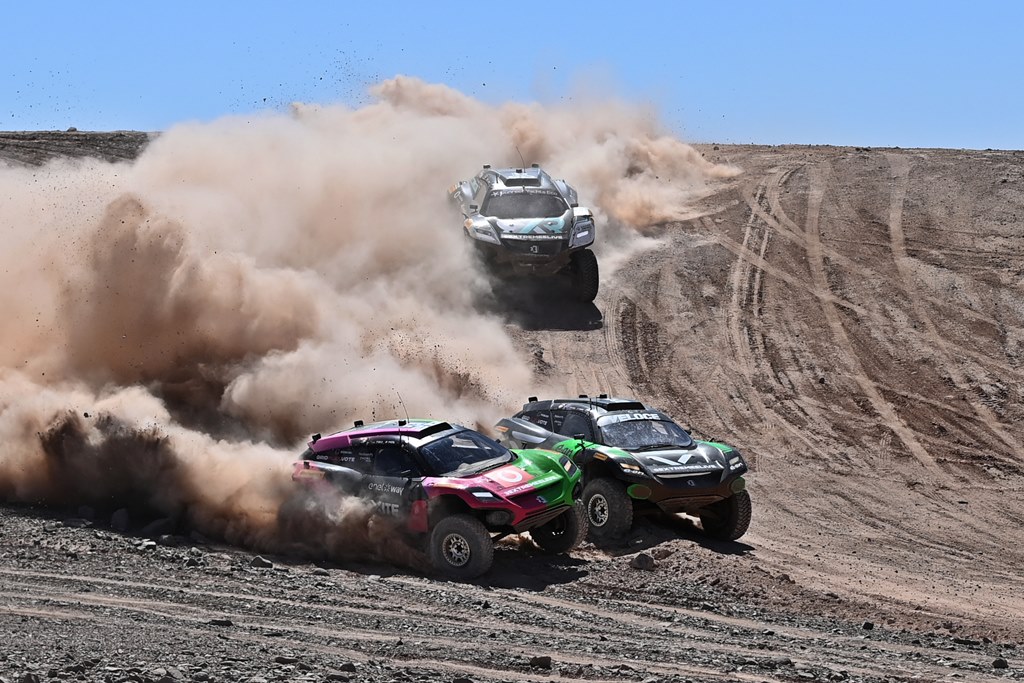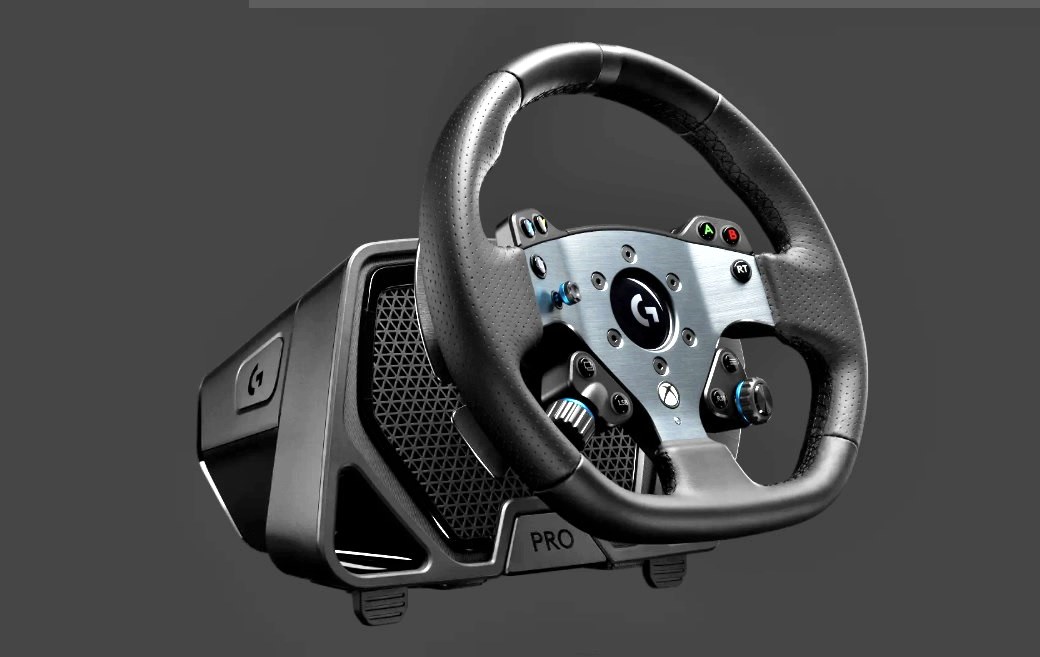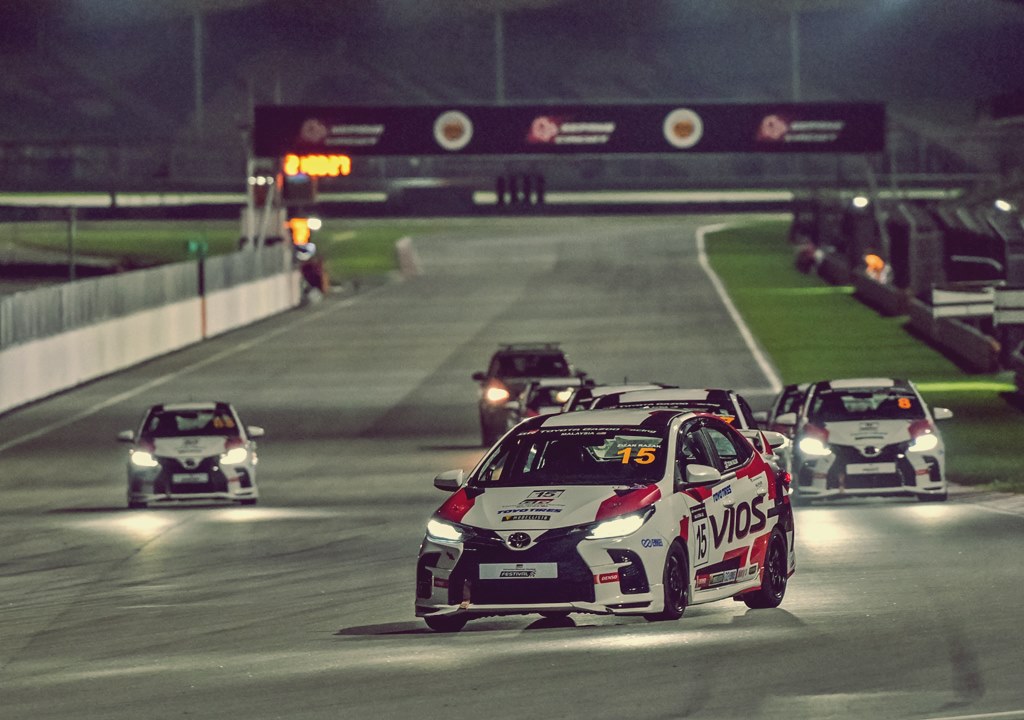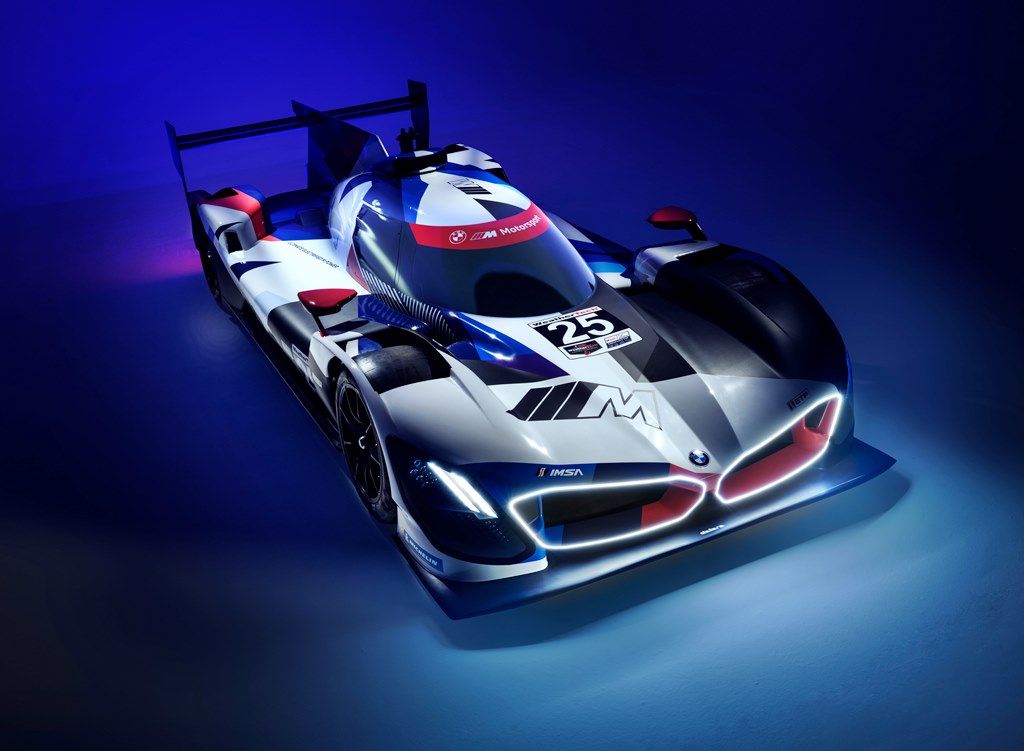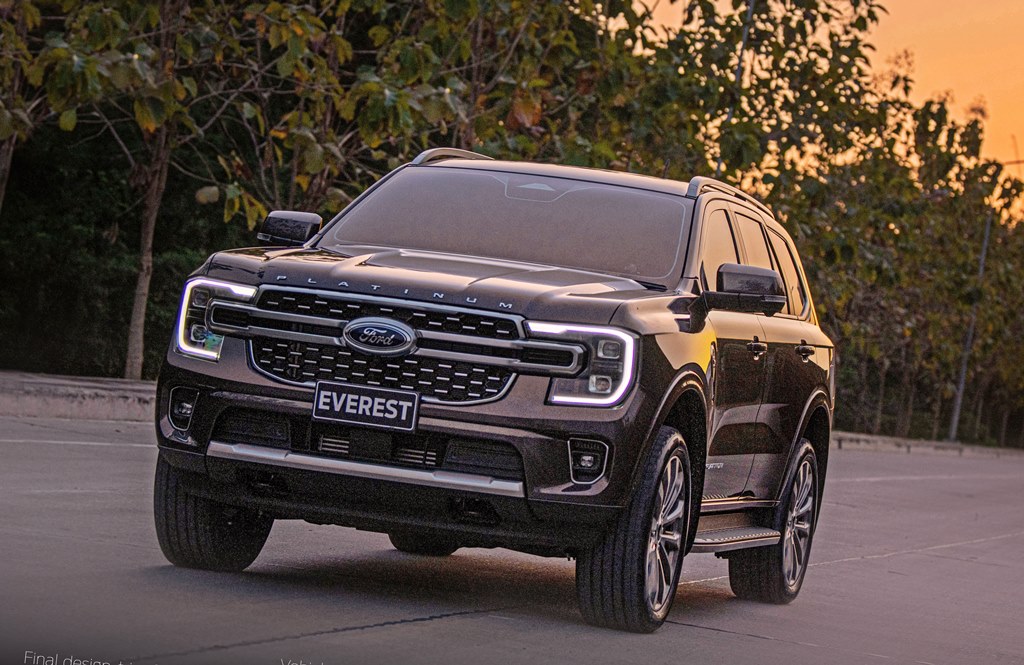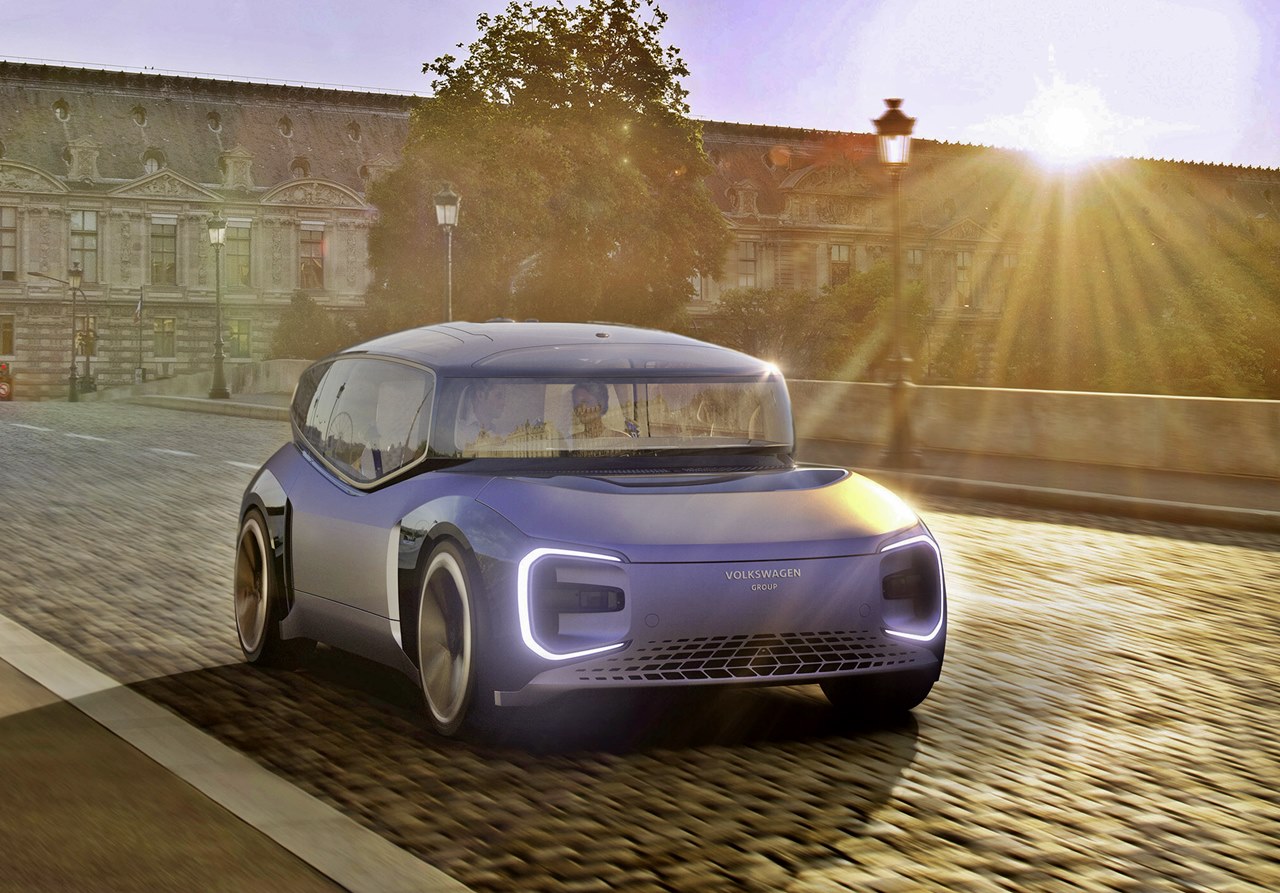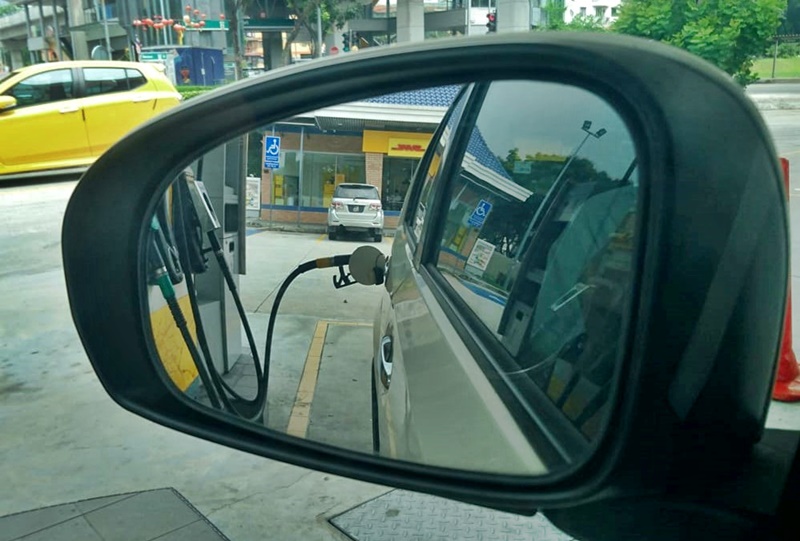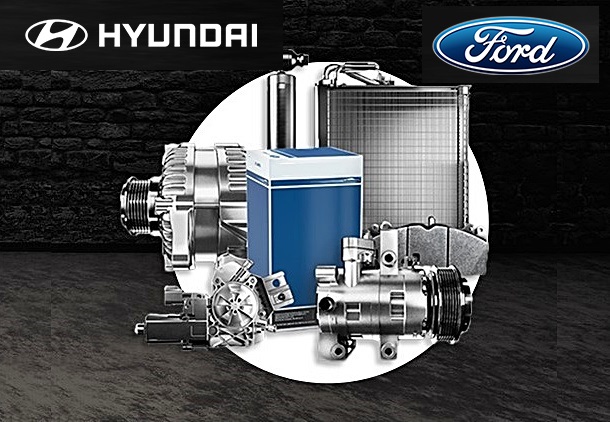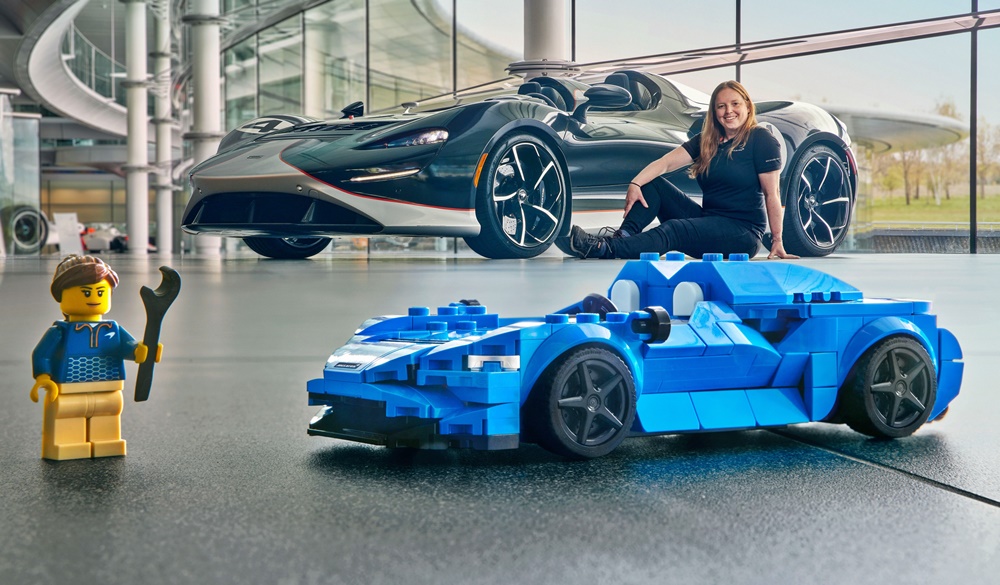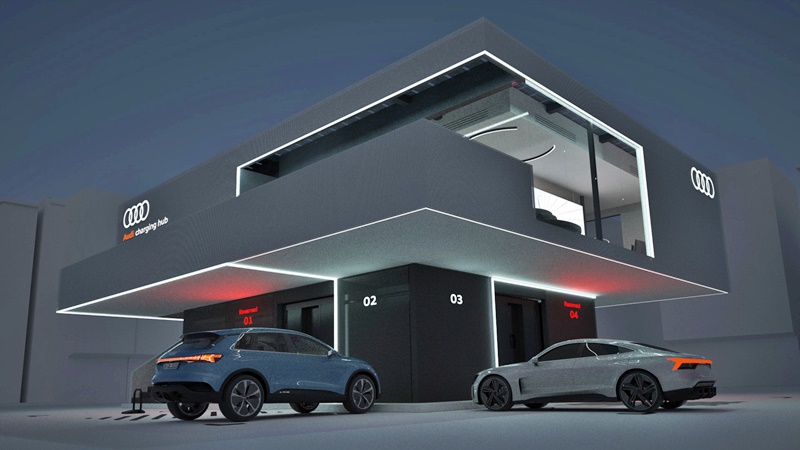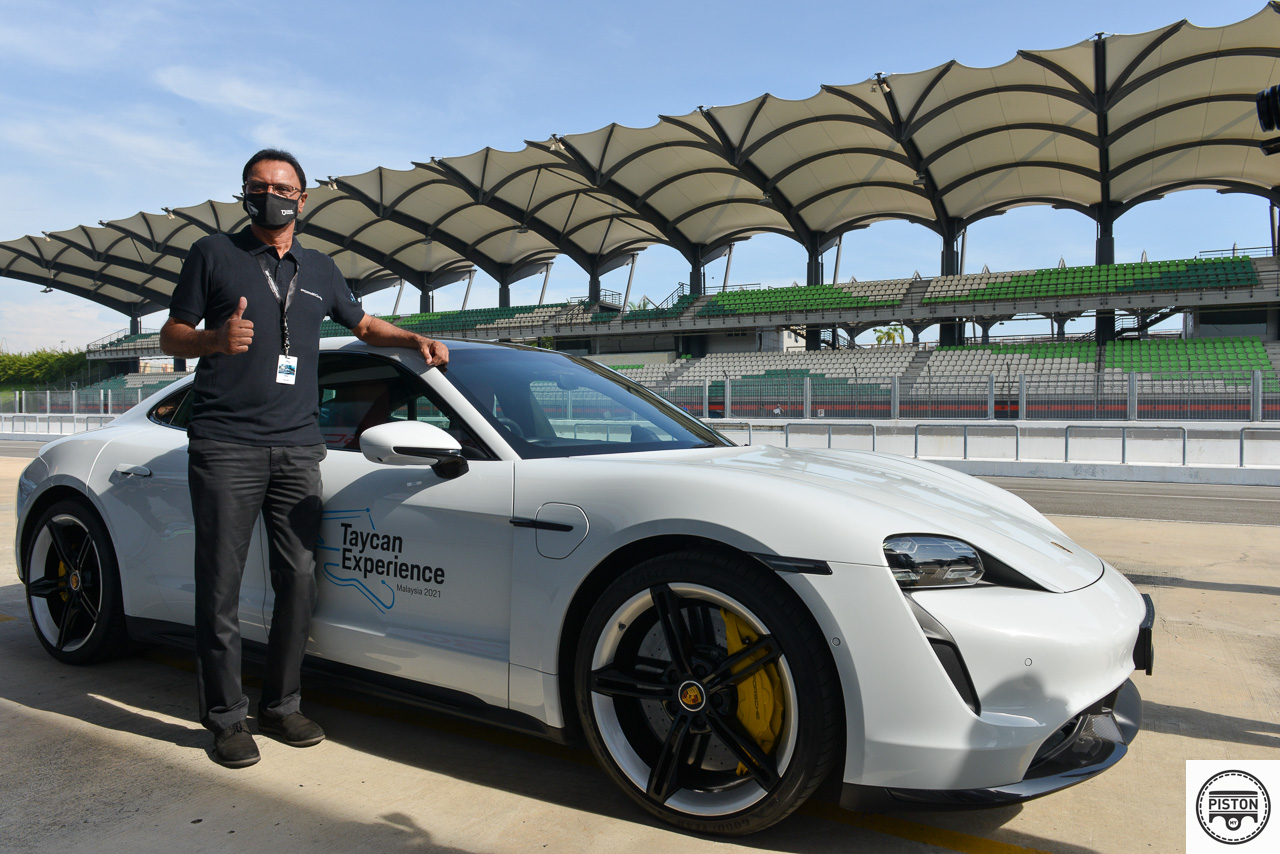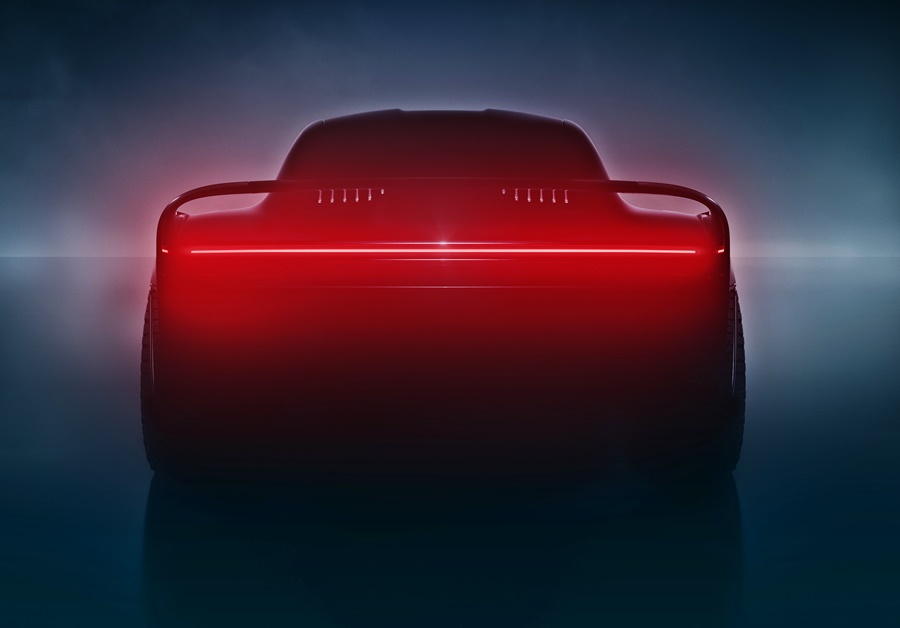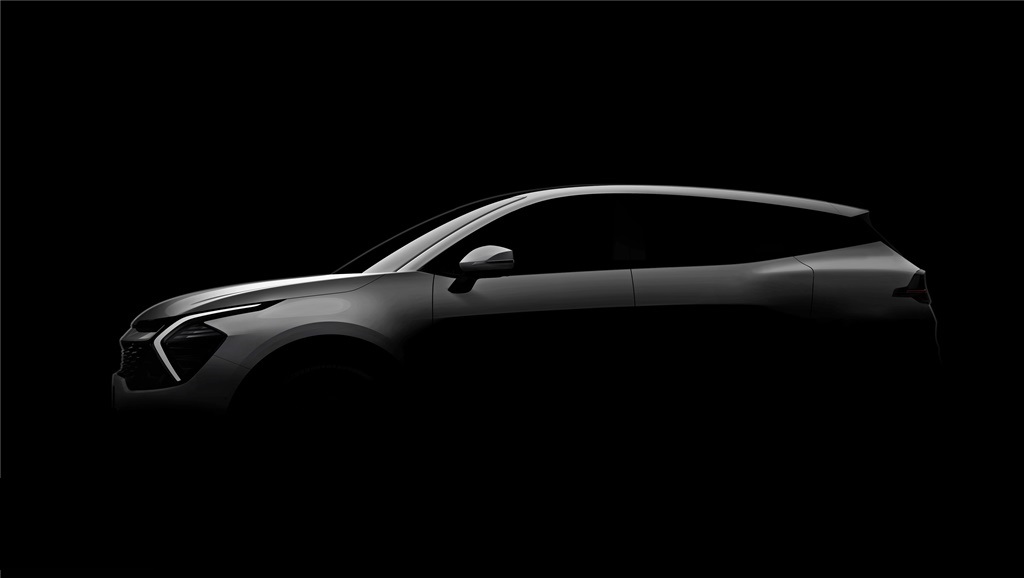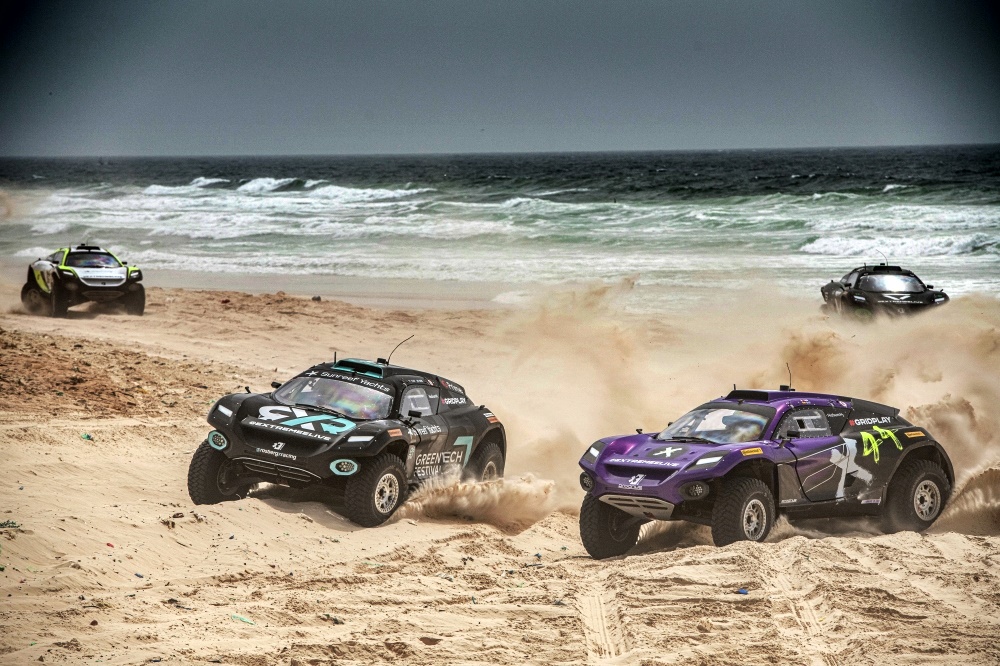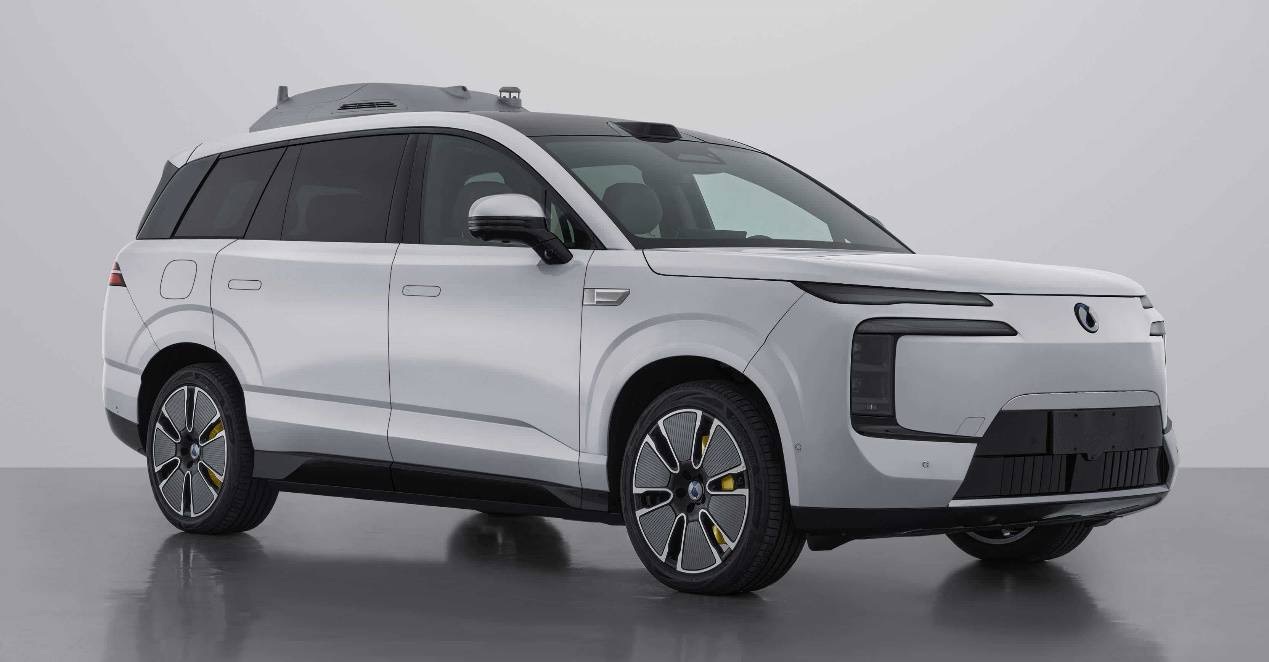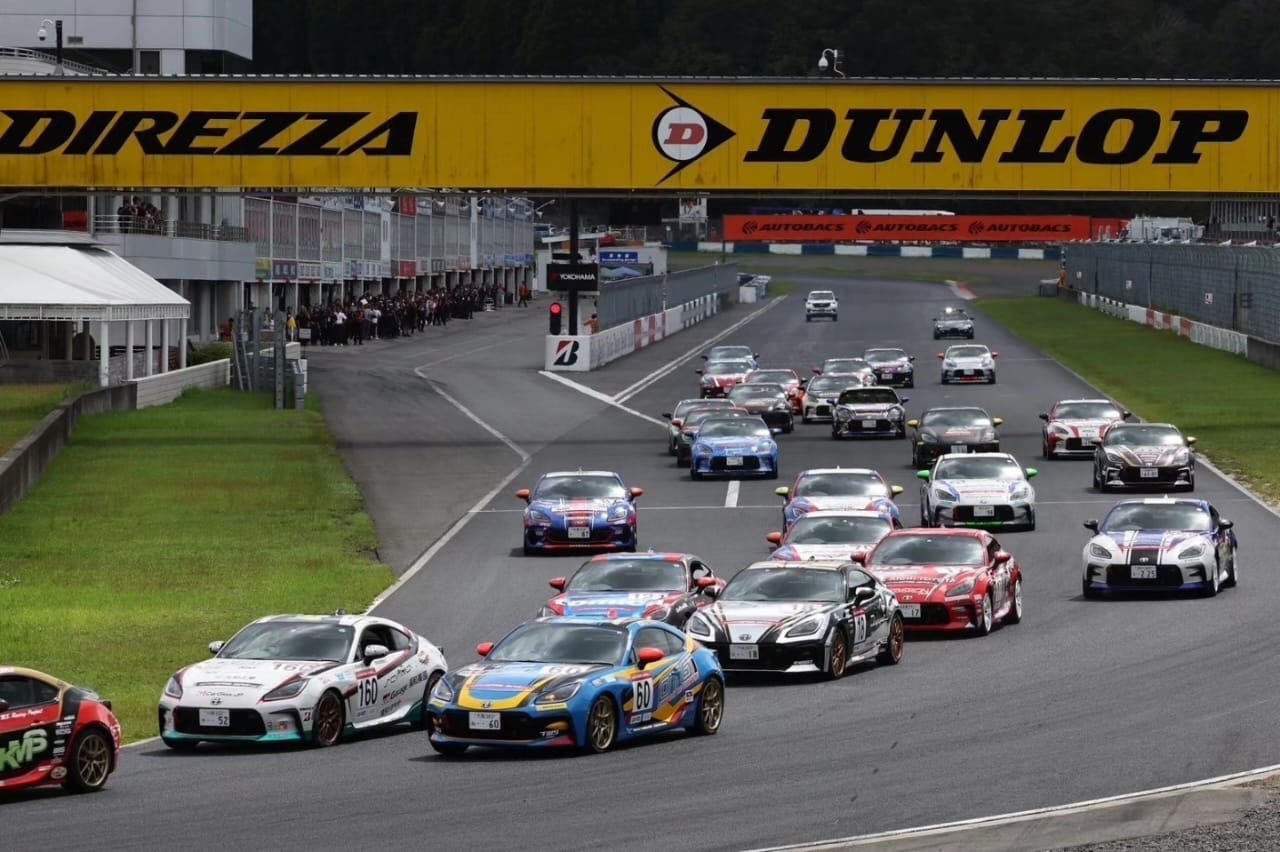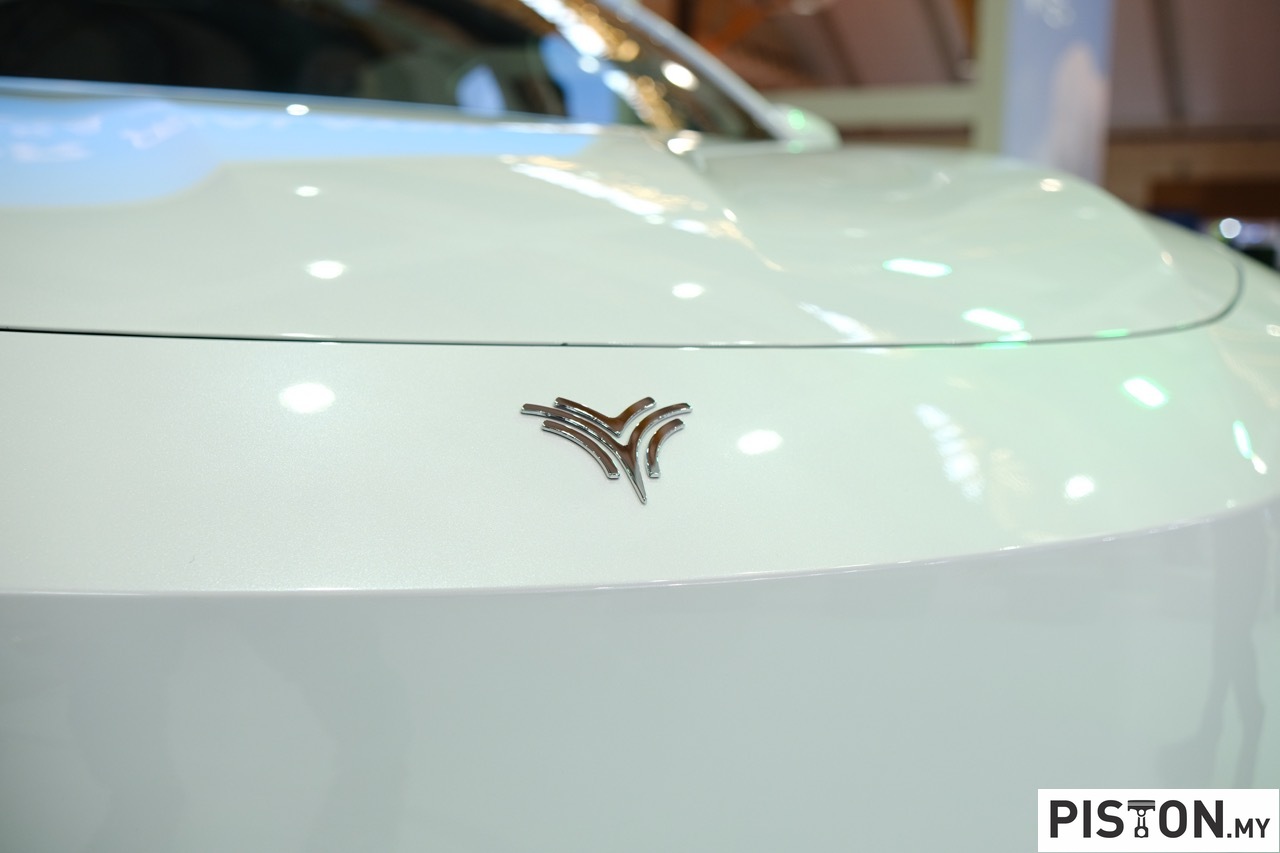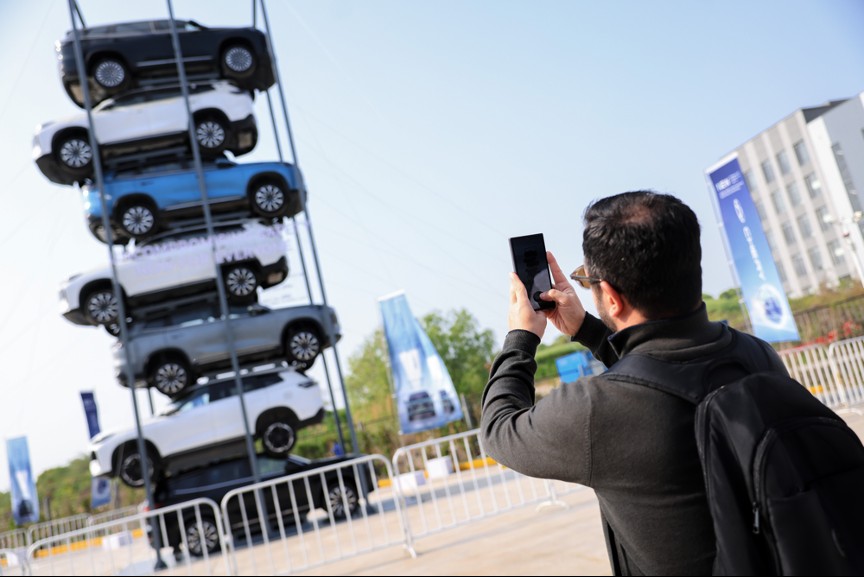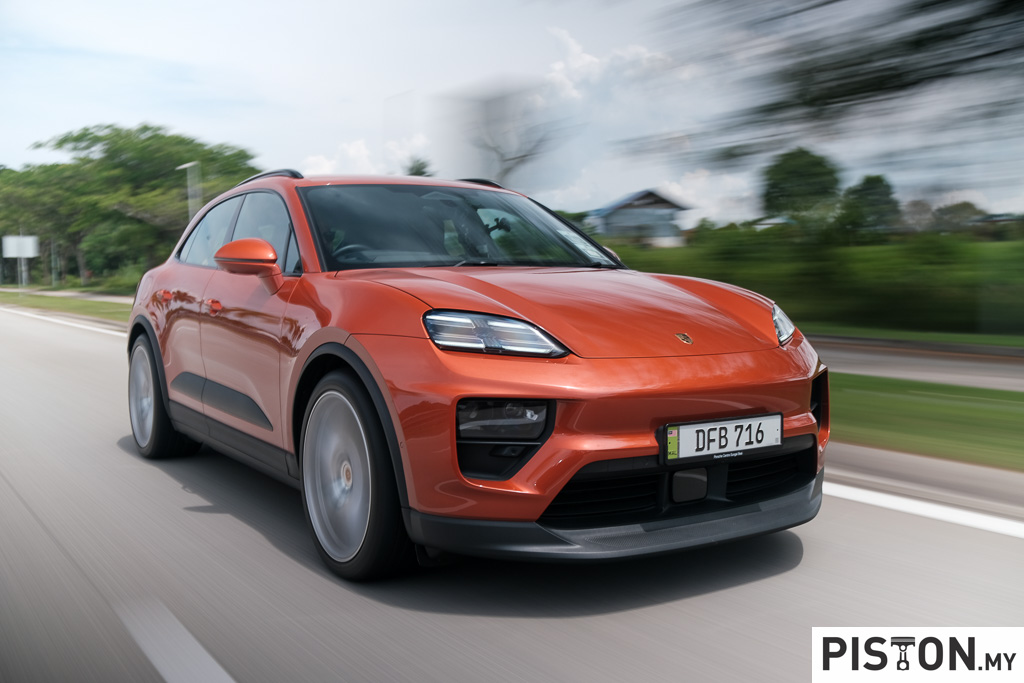The Extreme E electric off-road racing series headed down will end its second season in South America, with the second last round held recently in Chile as the Antofagasta Minerals Copper X Prix. As with every round of Extreme E, the location for this round was chosen to highlight challenging climate issues that this region is facing. In this case, it was the Atacama Desert which is the driest (non-polar) region in the world.
Extreme E’s decision to race in this part of Chile was to shine a spotlight on the copper industry, and its importance to electric vehicles (EVs), like those racing in the event. As EVs rely heavily on copper not only for production but also for battery charging, Extreme E aims to highlight the development of sustainable alternatives.
(more…)


